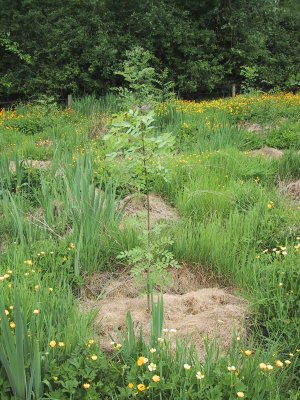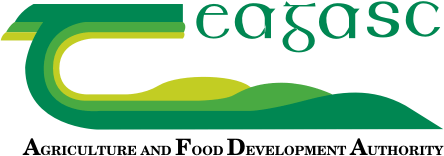Vegetation control
Weed control is crucial on most sites. Lack of weed control in the early years is the most common cause of poor performance and plantation failure.
- When: April – June
- Why: light, water and nutrients competition between trees and weeds
- Control: manual or chemical control
Manual control
Trampling involves stamping on weeds around the trees:
- Suitable for the control of tall weeds such as nettles, bracken, rush and tall grasses
- Prevents weeds smothering young trees
- Trampling is often a short term measure

- Delayed weed control will require trampling before spraying
Chemical control
Chemical control involves the use of an appropriate herbicide:
- The choice of herbicide depends on the type of weeds, the tree species, site type and the time of year
- Broadleaves are more susceptible than conifers to damage from herbicide drift, so careful application is essential
- Chemical control can lead to a boost in tree growth, especially for species such as ash and sycamore
Types of vegetation and herbicides
| Vegetation | Herbicide | Timing of application |
|---|---|---|
| Grasses | Propyzamide | Jan – Feb |
| Grasses, rush & bracken | Glyphosate | May – Oct |
| Gorse | Triclopyr | Aug – Dec |
| Woody scrub | Triclopyr | Aug – Nov |
| Rhododendron, laurel | Triclopyr | Jun – Sep |
